When you think of an eye examination, you think of seeing “20/20” and the famous decision between “lens one and lens two” for your glasses prescription. These are indeed crucial parts of the exam, but still only pieces of the puzzle that encompass all of the essential factors in vision and eye health. So you know the details of your checkup, which is much more than just testing your vision. You might be surprised to learn that optometrists work closely with other medical professionals and play an essential part in the health of the rest of your body! Therefore, we wanted to discuss the many components of a complete eye examination.
Pretesting
Before you even step foot into our doctor’s exam room, some tests are performed first, also known as pretesting. Eye exam pretesting includes:
- Checking the pressure inside of your eyes.
- Measuring the shape of your eyes.
- Testing your peripheral vision.
- Taking pictures of the inside of your eyes.
We also make sure colour vision and depth perception are normal. These tests allow us, your optometrist, to get an overview of vital aspects of your eye health and vision, making your eye exam personally targeted and efficient. Our optometrists will review these tests with you during your examination and show you the pictures!
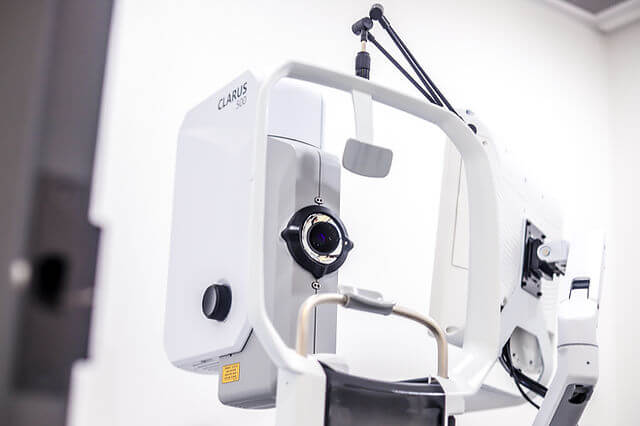
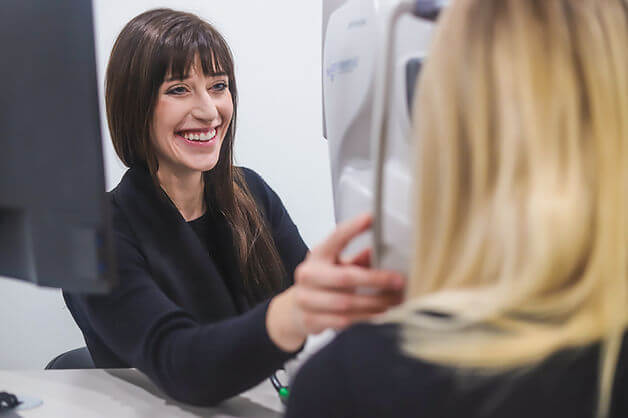
Your Health
As your eye doctor, we will ask you questions to understand your vision and health. We want to know what you are experiencing with your eyesight, such as dry eyes, blurry vision, headaches – anything at all! You may not expect this, but it is crucial that your optometrist also knows your health conditions and the medications and vitamins you take. The health of the rest of your body impacts your eyes, and we can tell! Eye doctors can detect conditions such as diabetes, high blood pressure, thyroid disease, and autoimmune disease through your eyes. If we uncover something concerning, we will also arrange for the care you need.

Your optometrist also pays careful attention to your family history of medical and eye conditions. We want to determine if you are at higher risk for diseases that may run in your family, especially those that can impact your eye health.

Your eye doctor also genuinely cares about what you do for work and your hobbies. It’s important that your vision needs are being met for everyday life. Do you play baseball or go fishing on the weekend? Some polarized sunglasses would be fantastic! Do you work on the computer all day long? Prescription glasses with anti-reflective coating could make a massive difference in preventing eye strain and fatigue. We personalize our recommendations and choose with you to find the best match for your vision, comfort, and style.
Visual Acuity
After you discuss your concerns with your optometrist, you’ll begin the next set of tests. Of course, you’ll read letters on the eye chart, also known as the Snellen Chart, to help determine if you are having difficulty seeing. This is called your “Visual Acuity.”
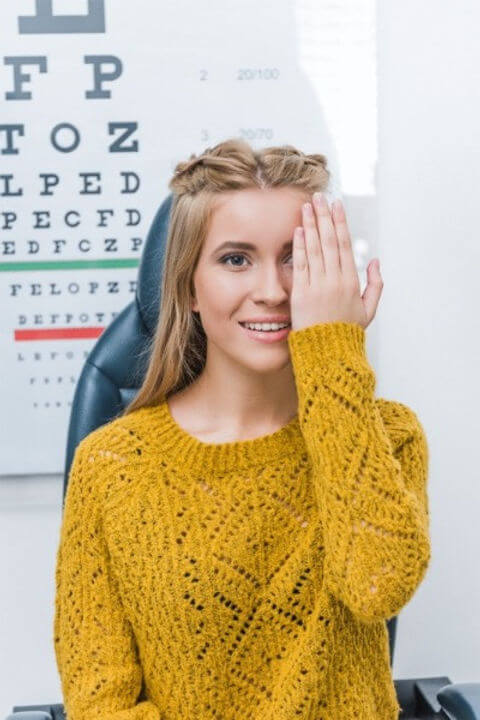
The term 20/20 means that you can see a certain amount of detail (usually letters or numbers) at 20 feet away. For example, 20/40 would mean that the letters you are able to see at 20 feet away would be visible to the average person from 40 feet away. This means that a larger denominator equals poorer vision. Your optometrist will take these measurements into account when determining if you require prescription glasses or contact lenses. Our goal is to get you seeing the same details at 20 feet as the average person: 20/20 visual acuity!
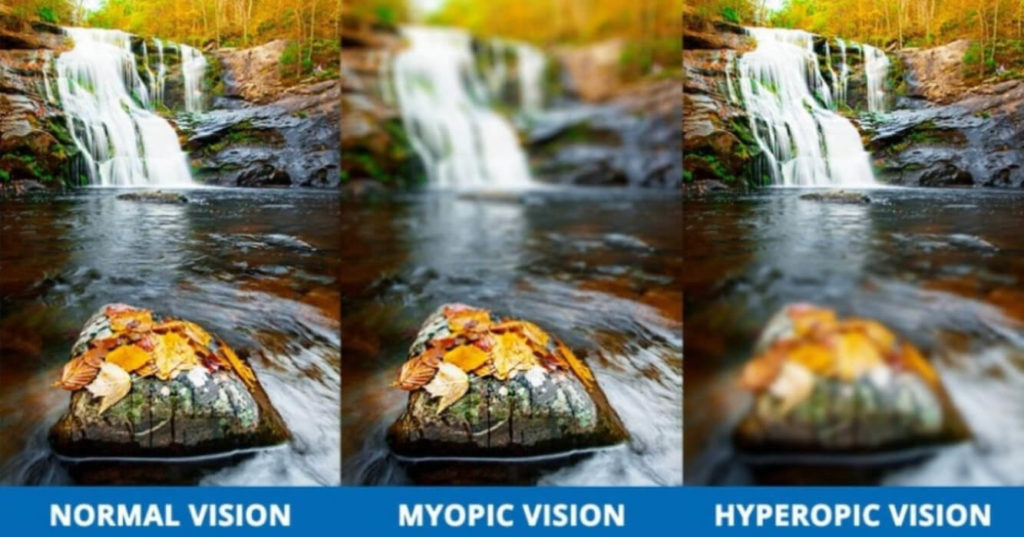
Your optometrist will then begin checking your eyeglass prescription. Many people struggle with blurred vision in the distance, which is known as myopia or nearsightedness. Others struggle with their vision up close and frequently require reading glasses if they have hyperopia (farsightedness).
You can see a detailed explanation of myopia from Dr. Prete’s blog post here! https://www.theeyestudioyxe.com/post/guide-to-myopia
There is another component of your prescription called astigmatism. Astigmatism is a specific type of distortion in vision that can cause significant glare and is created by an asymmetry in the shape of your eye. These are all part of refraction testing and can be corrected by glasses or contact lenses.
If you already have glasses, we often use this as a starting point to determine if your prescription has changed. You’ll look through those large metal ‘binoculars’ (the phoropter). We use this fancy device to determine the optimal prescription for you efficiently. When your doctor asks you to choose between lens one and lens two, they are trying to determine which adjustments are needed to fine-tune your prescription.
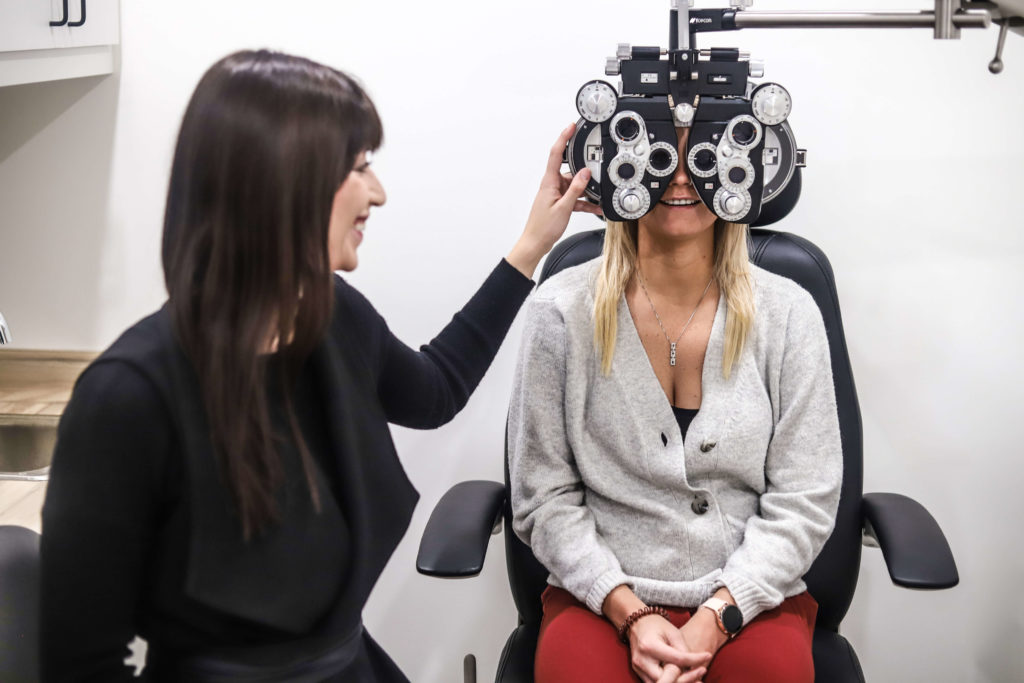
Patients are frequently nervous that they will choose the ‘wrong’ lens. Rest assured that there are no ‘wrong’ answers. Additionally, our optometrists will triple-check your answers to ensure we have an accurate measurement. The goal is to find the lenses that look ‘about the same.’ At this point, no further changes to your prescription would make it clearer.
You must know that your eye doctor will make a final assessment and adjust these numbers based on many factors, including your previous prescription or the intended use of your new glasses. It’s common to have a different prescription in your glasses than the final numbers found during refraction. For example, a reading glasses prescription is very different from those for driving! Your optometrist will also ensure that the changes to your prescription will be a comfortable transition from your old glasses. Changing too much at once can sometimes cause dizziness, headaches, and blurry vision.
Binocular Vision
Your eye doctor will assess how well your eyes work together as a team. The optometrist will observe the movement of your eyes and the health of your eye muscles. Depth perception is another important indicator that your eyes can coordinate.
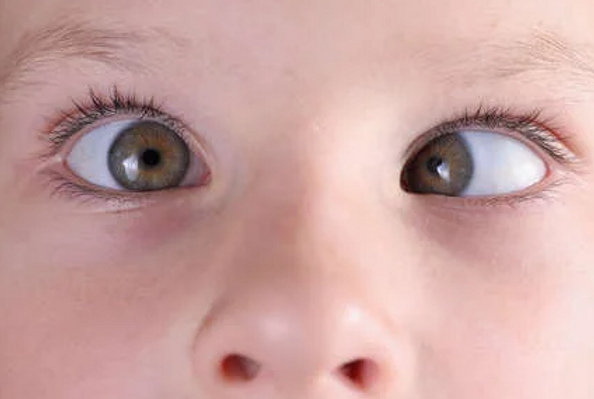
We make sure that all of your muscles are working correctly. Problems with your eye muscles include a “drifting” eye (strabismus), double vision, or significant eye strain.

It’s common to hear the term “lazy eye.” Some people use this to refer to strabismus (an eye turned the wrong way) or an eye with blurred vision (amblyopia). This is called amblyopia if your vision is limited by certain health conditions, vision problems, or misalignment of the eyes. Referring to these conditions by their specific terms is more accurate!
Eye Health
The health of your eyes is the next section of your eye exam. Your optometrist does a front-to-back assessment using a microscope to check your eyelids, cornea, and internal structures. Inside your eye is the retina. The retina lines the back wall of the eye and acts sort of like the film of a camera. Retinal diseases can lead to blindness, swelling, bleeding, or tumours.
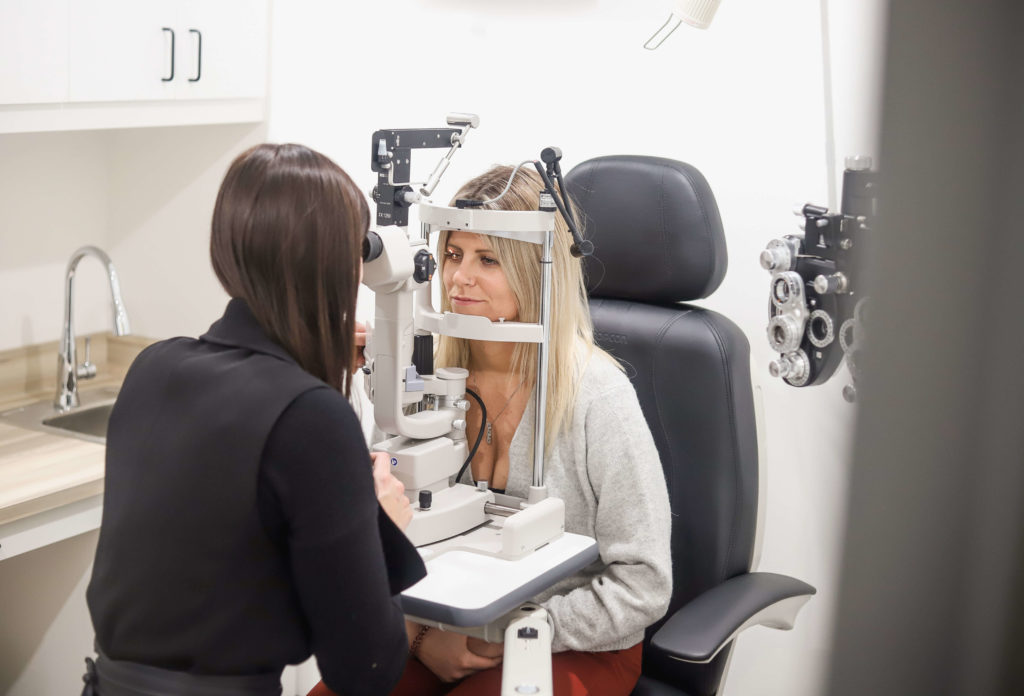
Many optometrists will take photographs and scans of your eyes. The eye scans help your eye doctor assess your eyes. We can show you and explain what we are looking at to give you the chance to see your eye health for yourself! When your optometrist finds any signs of eye disease, we will work with other health professionals to ensure you get the care you need.
Conclusion
Your comprehensive eye exam is so much more than reading letters and choosing lenses. The next time you see your optometrist, we hope you’ll see the detail and care we give each and every patient. You only get one pair of eyes, so keep up with your regular eye examinations. The Canadian Association of Optometrists recommends comprehensive eye examinations based on age (1):
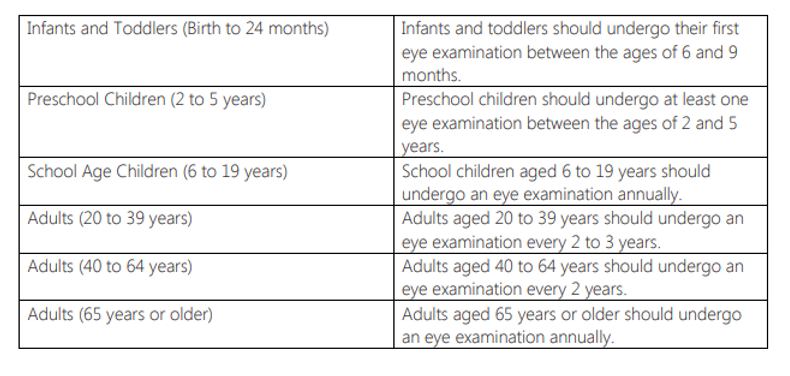
References
- https://opto.ca/health-library/frequency-of-eye-examinations

